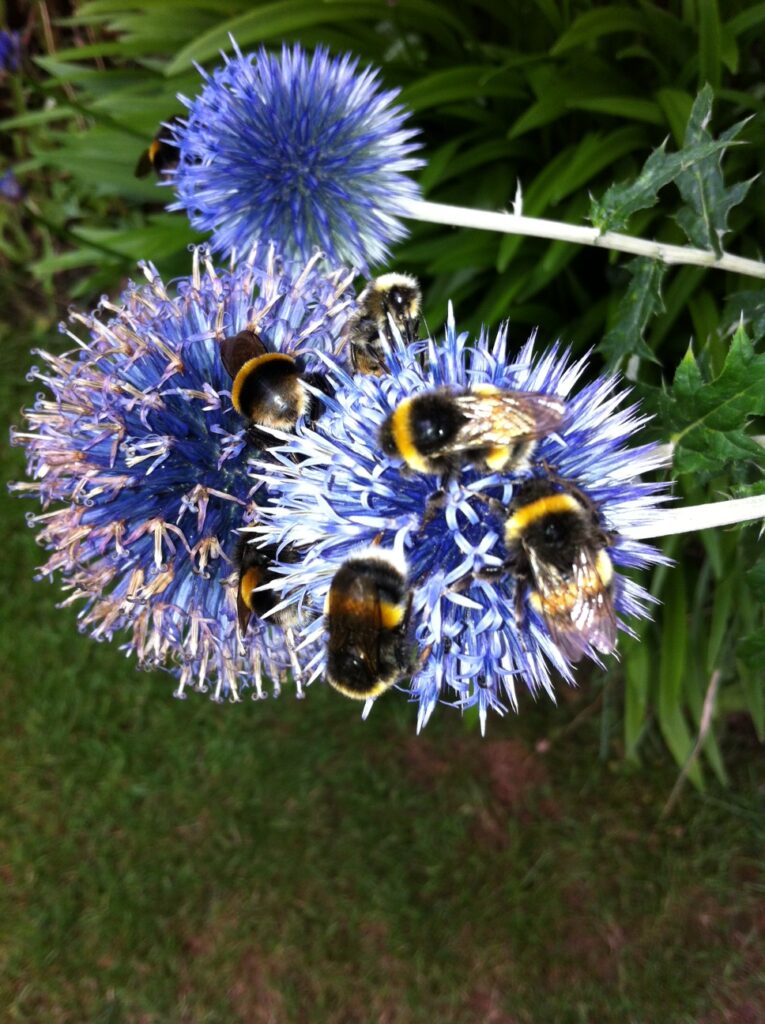Dear Integral Meditators,
What do you think of when you think “calm”? This weeks article looks at how calmness is not just a passive relaxational activity, but a type of dynamic inner power that we can build in our mind and life each day.
Yours in the transformative power of inner calm,
Toby
 Four Types of Deep
Four Types of Deep
Calm, Four Types of Dynamic Power
Sometimes the impression that we have of calmness is that it is a passive, purely relaxational experience that we can use to escape and gain relief from the trials and tribulations of our daily life.
If we are a little more serious about investigating the potential of calm however, we discover that contained within the experience of calm there is the experience of an inner dynamic power which adds a new dimension of strength that we can bring into the centre of our most difficult life circumstances.
We can use this inner power to direct and transform such situations in a practical and beneficial way.
In meditation we can think of the co-development of inner calm and power as having four basic types:
The calm of solidity
This is the calm presence that comes from being deeply embedded in awareness of our physical body and our physical world. It leads to a calm power that is mountain, stone or earth like in nature; it is able to remain very solid, stable and fixed in the midst of changing and difficult circumstances.
The calm of flow
This is a type of emotional calm that arises from the ability to let your emotions flow in an open and healthy manner, which in turn gives you the confidence to direct the natural power inherent within emotion toward positive ends in your life.
The calm of structure
This is a type of mental calm that comes from having a well structured and ordered mind. A well structured mind is like a good plumbing or electrical system in a house; it enables you to access and direct the power of your mind to the task at hand efficiently, without ‘leaking’ energy.
The calm of no-mind
This is a type of spiritual or existential calm that comes from developing the ability to suspend your thoughts and rest in the inner space that lies beyond them. Resting in the space of no-mind or no-thoughts gives access to deep calm even when in the midst of mental, emotional and physical turmoil, and facilitates the development of the trans-rational powers of mind that lie beyond the intellect
Integral meditation training involves the complementary development of all four types of calm power. Each can be looked at in depth, but here is a short exercise you can try to get a feel for it. Stay with each stage of the breathing for as long as you like:
As you breathe in be aware of the solidity and stability of your physical body,
As you breathe out relax into that stability.
As you breathe in allow your emotional being to open and flow,
As you breathe out relax into the power of that flow.
As you breathe in tune into the positive thought structures of your mind,
As you breathe out feel their power to contain and direct your mental energy.
As you breathe in be aware of the space beyond your thoughts,
As you breathe out relax into the power of that which lies beyond the mind.
© Toby Ouvry 2013, you are welcome to use or share this article, but please cite Toby as the source and include reference to his website www.tobyouvry.com


 No Name (Meditation Spaghetti Western Style)
No Name (Meditation Spaghetti Western Style) Is Meditation about Stress Management or About Enlightenment?
Is Meditation about Stress Management or About Enlightenment? 
 Using Your Misfortune to Enhance and Transcend Your Experience of Good Fortune
Using Your Misfortune to Enhance and Transcend Your Experience of Good Fortune Three Types of Attention: Neutral, Constructive and Catalytic
Three Types of Attention: Neutral, Constructive and Catalytic Your Attention as Your Object of Mindfulness
Your Attention as Your Object of Mindfulness Your Meditation Practice May Not be What You Think (Old Men Who Spit and Throw Stones)
Your Meditation Practice May Not be What You Think (Old Men Who Spit and Throw Stones)